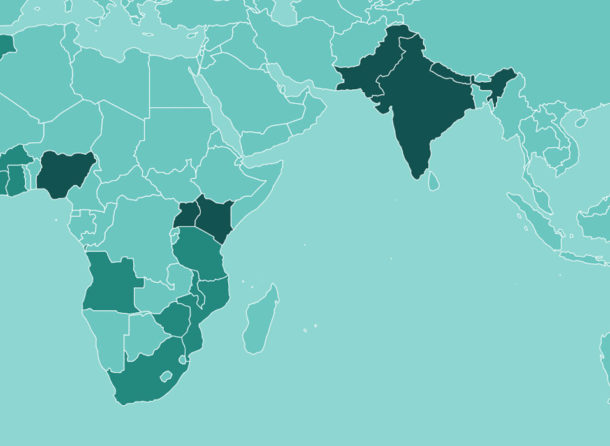
AUHF 2019: Key Takeaways
Dr Lisa Stead, Reall’s Head of Evidence, presented on the challenges and opportunities of end-user finance for people on low incomes, especially those informally employed. Here she gives her three top takeaways from the conference.
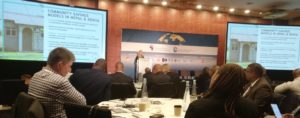
The ticking time bomb
Much of the first day of the conference centred around the challenges ahead and the need to provide affordable housing. The issues are well known to those in the sector, for example, the high cost and unavailability of land. Difficult policy environments that hinder house building for people on a low income. The challenge of finding ways to make affordable housing an attractive, investable proposition. A lack of accessible and affordable end-user finance for poor families at the bottom of the income pyramid. And finally, the need to develop and mainstream construction methods that are climate-smart, sustainable and low cost.
Everyone agreed with IIaria Benucci of CDC, the UK’s development finance institution, statement that the lack of housing is a ˜ticking timebomb. It’s clear that the low-cost housing market needs scale to reduce costs. The private sector needs to be crowded in to reach that scale and ease the pressure off governments. But most importantly we all need to work together to put a roof over humanity.
Data is king
There is a pressing need for centralised data to inform investment decisions and to demonstrate the economic impact of affordable housing on country economies.
The Centre for Affordable Housing in Africa (CAHF) highlighted this need by launching the 10th edition of their yearbook which provides a comprehensive picture of housing data across Africa. CAHF are also advocating for governments and others to provide more access to data by conducting audits.
The International Finance Corporation called for standardisation of data for the sector and deeper data to inform rich analysis. Reall are at the forefront of this drive to utilise data to understand housing markets, inform investment decisions and measure the impact of housing on individuals and families.
Lean and Green
We need greener and cheaper ways of building houses. Developers are typically using outdated construction technology which makes it difficult to deliver at scale and can incur higher costs.
A presentation by the PROECCO Programme demonstrated how modular design, energy efficient construction materials and technology can be used to produce affordable and sustainable housing solutions. Overall the housing sector needs to look at creating a climate-smart, circular economy that hits the triple bottom line of people, profit and planet.
Read more stories
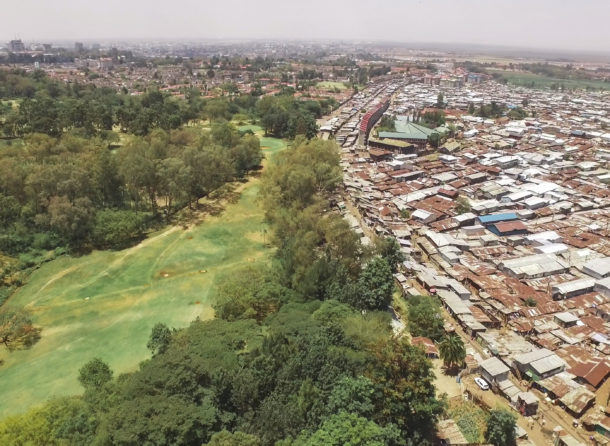
How Affordable Homes could help solve the global climate crisis
The United Nations climate summit, COP25, starts today in the Spanish city of Madrid where climate leaders will push to scale up action and investments into rapidly reducing global greenhouse gas emissions and support broader sustainable development agendas, specifically addressing …
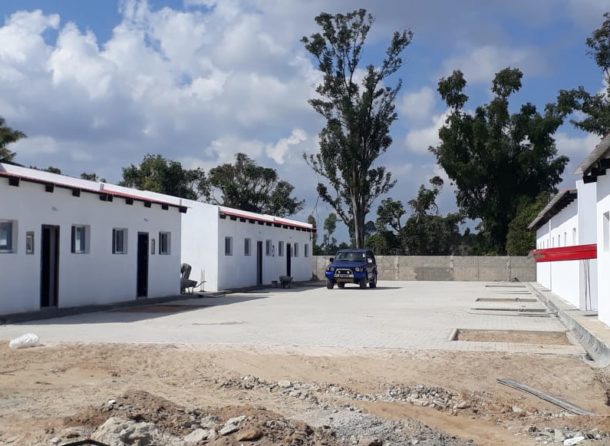
Celebrating affordable housing in Beira
The ribbon-cutting ceremony was attended by Reall’s Director of Investment and Operations Patrick Domingos-Tembwa, Mayor of Beira Daviz Simango and Casa Real Director Marie Odile. The celebration was particularly poignant as these homes managed to withstand the destruction of Cyclone…
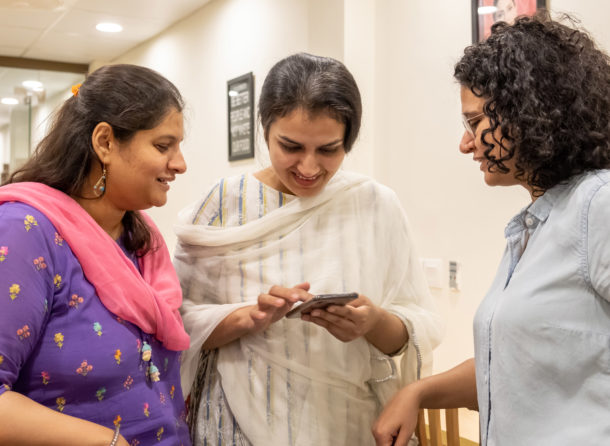
New Partnership: Syntellect
Reall are delighted to be partnering with India-based technology firm, Syntellect. Syntellect are committed to giving unbanked people the opportunity to access mortgage finance across Africa and Asia. Syntellenct has created RightProfile, a customer profiling platform designed to help lenders …

